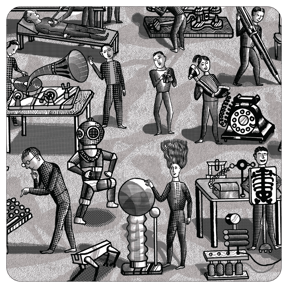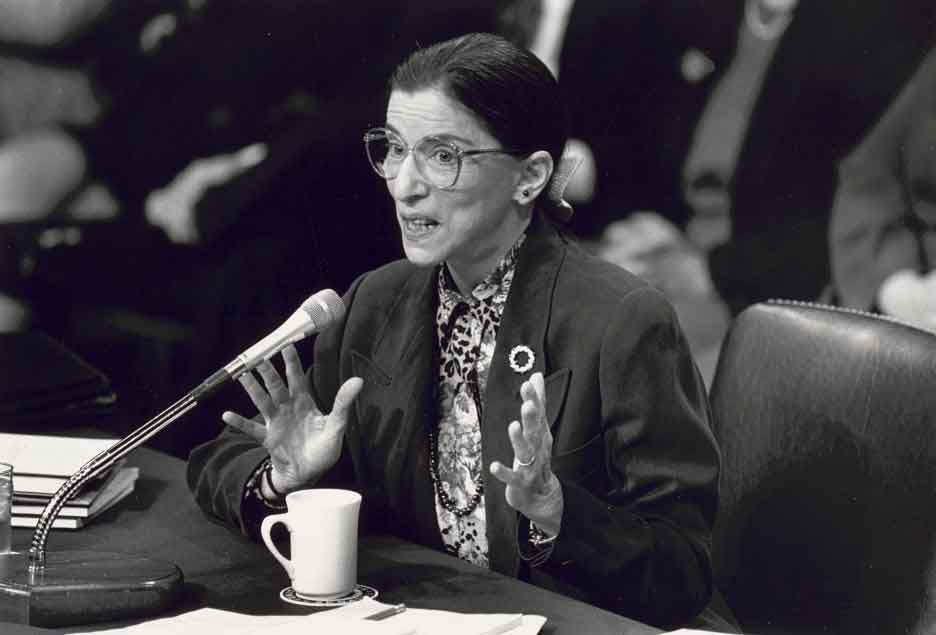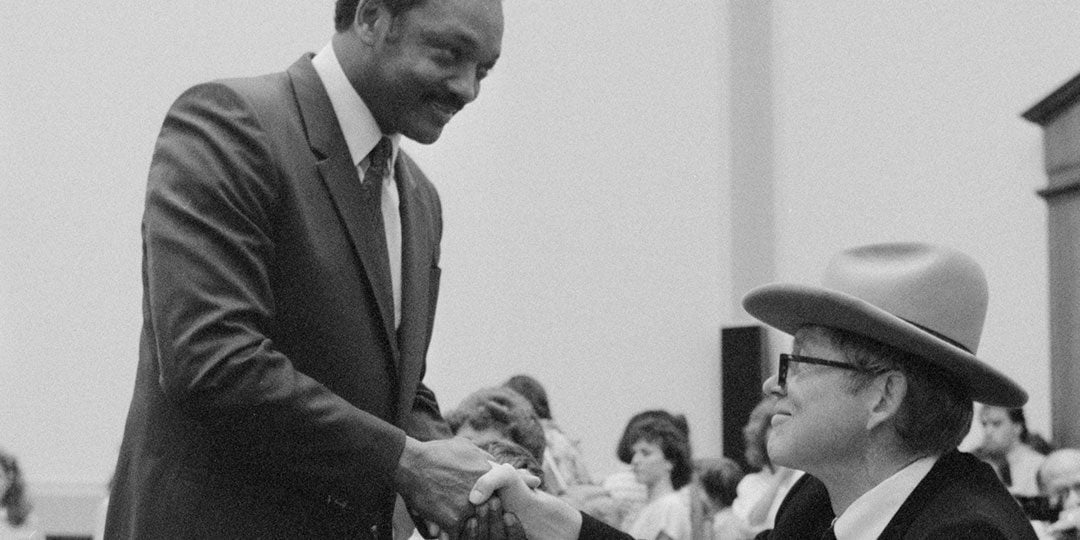Hispanic Heritage Month
 It's Hispanic Heritage Month (September 15 – October 15)! Hispanic Heritage Month is celebrated each year to recognize the contributions of Hispanic Americans to the history, culture, and achievements in the United States. We are delighted to celebrate this month with an excerpt from Voices: An Ethnic Studies Survey. This new resource examines the experiences and contributions of Indigenous, Black, Latino, Pacific Islander, and Asian Americans. Available digitally and in print.
It's Hispanic Heritage Month (September 15 – October 15)! Hispanic Heritage Month is celebrated each year to recognize the contributions of Hispanic Americans to the history, culture, and achievements in the United States. We are delighted to celebrate this month with an excerpt from Voices: An Ethnic Studies Survey. This new resource examines the experiences and contributions of Indigenous, Black, Latino, Pacific Islander, and Asian Americans. Available digitally and in print.
For Hispanic Heritage Month, we are focusing on the origin story of the Nahua people. What is often mislabeled the Aztec Empire was actually an alliance between three Nahuatl-speaking city-states in the 15th and 16th centuries. The Nahua people, including the Mexica for which Mexico was named, are a group of Indigenous peoples of Central America and Mexico. Countless Nahua lost their lives to violence and disease brought by the Spanish, and the Nahua people are today one of the largest ethnic groups in Central America. Nahua culture is community oriented. For example, people share their agricultural yields with those in the community after taking what they need. Despite cultural and linguistic suppression, over 1 million people speak Nahuatl today, largely in Mexico but also in US cities like Los Angeles. Many Spanish words also have their roots in Nahuatl, including elote (corn) and guacamole.
Nahua Creation Story
Adapted from Feathered Serpent and the Five Suns by Duncan Tonatiuh and the PBS series Fate & Fabled
Long ago, before even time itself, there was only Ometeotl, the Dual God, formed from the union of the Lord and Lady of Our Sustenance. The four children of these gods represent the four cardinal directions. They were named Xipe Totec, the “red” god; Tezcatlipoca, the “black” god; Quetzalcoatl, the “white” god; and Huitzilopochtli, the “blue” god.  The four sons created many other gods. They also constructed the universe, which was made up of three realms: the underworld, the earth, and the heavens.
The four sons created many other gods. They also constructed the universe, which was made up of three realms: the underworld, the earth, and the heavens.
The gods also decided to create a world of human beings, made from sacred bones. But the world they had made was dark and did not sustain life, so they needed to make a sun. The gods fought over who would rule as the sun, though. It was a big feat, and it required a great sacrifice.
In the first world, Tezcatlipoca became the sun. But the sun was weak. Eventually, Quetzalcoatl, the Feathered Serpent, thought Tezcatlipoca had been sun long enough, and he struck him from the sky down into the waters. An angry Tezcatlipoca turned himself into a jaguar and destroyed the world. He then went up into the sky and became the constellation of the Great Jaguar (ursa major).
Quetzalcoatl then formed the second world, making himself into the new sun. The humans of this world became corrupt, so the gods destroyed the world with a blast of wind. The few humans who survived fled to the trees and became monkeys.
Tlaloc, the god of rain, became god of the third world. Feuds between the gods brought about the end of this world, however, and rains of fire destroyed the Earth.
The fourth world was ruled by Tlaloc’s sister, Chalchiutlicue, the goddess of running water. The fighting gods struck her down from the sky, however, and the world was destroyed by a flood. The people of this world became the fish.
This time, the sky fell down and destroyed much of the world. The gods then wanted to rebuild it, so the brothers stopped fighting and worked together to fix the world. They became great trees to hold the sky back up.
Nanahuatzin, god of disease, offered to become the sun. Another god, Tecciztecatl, much richer and healthier than Nanahuatzin, challenged him to become the new sun. The two faced off through a fasting and bloodletting ritual. Tecciztecatl flaunted his wealth during these preparations; however, when the time came, he did not have enough courage to throw himself into the fire to become the sun.
Brave Nanahuatzin was able to throw himself in the fire. He became a new, powerful sun god, Tonatiuh. Inspired by his courage, Tecciztecatl jumped into the cooling ashes of the fire, and became the moon.  Though Nanahuatzin shone very brightly as the sun, he did not move across the sky. Back in their home of Teotihuacan, the other gods worried. They sent an eagle to ask Nanahuatzin why he stood in place. He answered that he required the nourishment of the blood of the gods in order to move. So five gods sacrificed themselves, powering the sun god across the sky.
Though Nanahuatzin shone very brightly as the sun, he did not move across the sky. Back in their home of Teotihuacan, the other gods worried. They sent an eagle to ask Nanahuatzin why he stood in place. He answered that he required the nourishment of the blood of the gods in order to move. So five gods sacrificed themselves, powering the sun god across the sky.
In order to fill the world with humans, Quetzalcoatl made the difficult journey to Mictlan, to retrieve the sacred bones. Mictlantecuhtli, the god of the underworld, agreed to let Quetzalcoatl do this, but only if he could travel through the realms of Mictlan four times while blowing a conch shell. The shell had no holes, so Quetzalcoatl had to be crafty. He used worms to put holes in the shell and filled it with bees to carry its sound. Eventually, he made it through the challenge and created humans with the bones.



